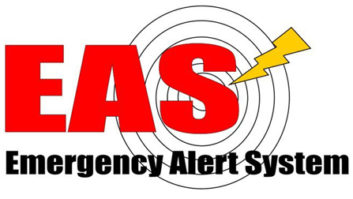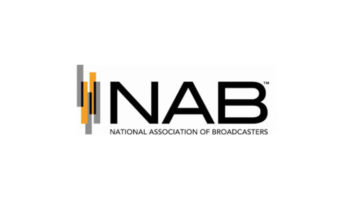Five FCC staff members, including the chief engineer of the Media Bureau, visited the offices of WTOP(FM) outside of Washington last week.
They were guests of the National Association of Broadcasters, which is working to build support for a proposal to allow Emergency Alert System participants to use software-based EAS encoder/decoders instead of physical hardware.
WTOP is owned by Hubbard Broadcasting and is a popular all-news station in the market.
The FCC representatives included Media Bureau Chief Engineer Jeffrey Neumann as well as Associate Division Chief George Donato, Cybsersecurity Engineer Steven Carpenter and Attorney Advisors Leah Calvo and Bradley Rosen, all from the Public Safety and Homeland Security Bureau.
They were invited by NAB Vice President of Innovation and Strategy Alison Martin, VP of Engineering and Technology Policy Kelly Williams, and Associate General Counsel for Legal and Regulatory Affairs Larry Walke.
According to an ex parte filing with the FCC summarizing the visit, the guests were shown around on Wednesday by WTOP Technology Manager Brian Oliger, accompanied by General Manager Joel Oxley.
NAB said it wanted to give the FCC more insight into how its EAS proposal could be integrated into a broadcast station’s operations.
“NAB emphasized that our software-based approach would be voluntary, and that EAS participants would remain free to continue using hardware encoder/decoder boxes and receive the manufacturer-provided services attached to such boxes,” Walke wrote in the summary.
“If an EAS participant chose to adopt NAB’s option, we noted certain requirements that should apply and a number of benefits that would be unlocked.”
He said any new software encoder/decoder products would have to function seamlessly within a station’s existing EAS system and not negatively affect a station’s baseline EAS operations. Such software could be installed on a station computer or a separate dedicated device that, like today’s EAS hardware boxes, could be at a station’s studio headquarters or its transmission facility.
“We clarified that the proposal contemplates autonomous software-based EAS functions located at the edge of a broadcaster’s operation, and that, similar to existing EAS physical encoder/decoder boxes, a software-defined EAS solution at the broadcaster’s edge would still operate if internet or cloud connectivity is interrupted,” Walke wrote.
He said NAB is not advocating a cloud-based approach.
“In general, NAB emphasized that integrating a software-based solution in place of an EAS hardware box would not reduce the reliability or security of a station’s EAS system. To the contrary, we described how allowing broadcasters to virtualize certain elements of their EAS system would enhance the readiness and resiliency of EAS by: (1) reducing or eliminating the down-time currently needed to repair malfunctioning equipment and install security-related software patches; (2) enable the immediate failover to standby equipment if needed; and (3) allow the use of redundant, geographically diverse locations of encoder/decoder operations in cases of large disasters.”
Earlier this year NAB officials participated in a meeting with the Public Safety and Homeland Security Bureau, joined by several prominent radio engineers including Steve Shultis of New York Public Radio, Jeff Littlejohn and Alan Jurison of iHeartMedia and Roswell Clark of Cox Media Group.






